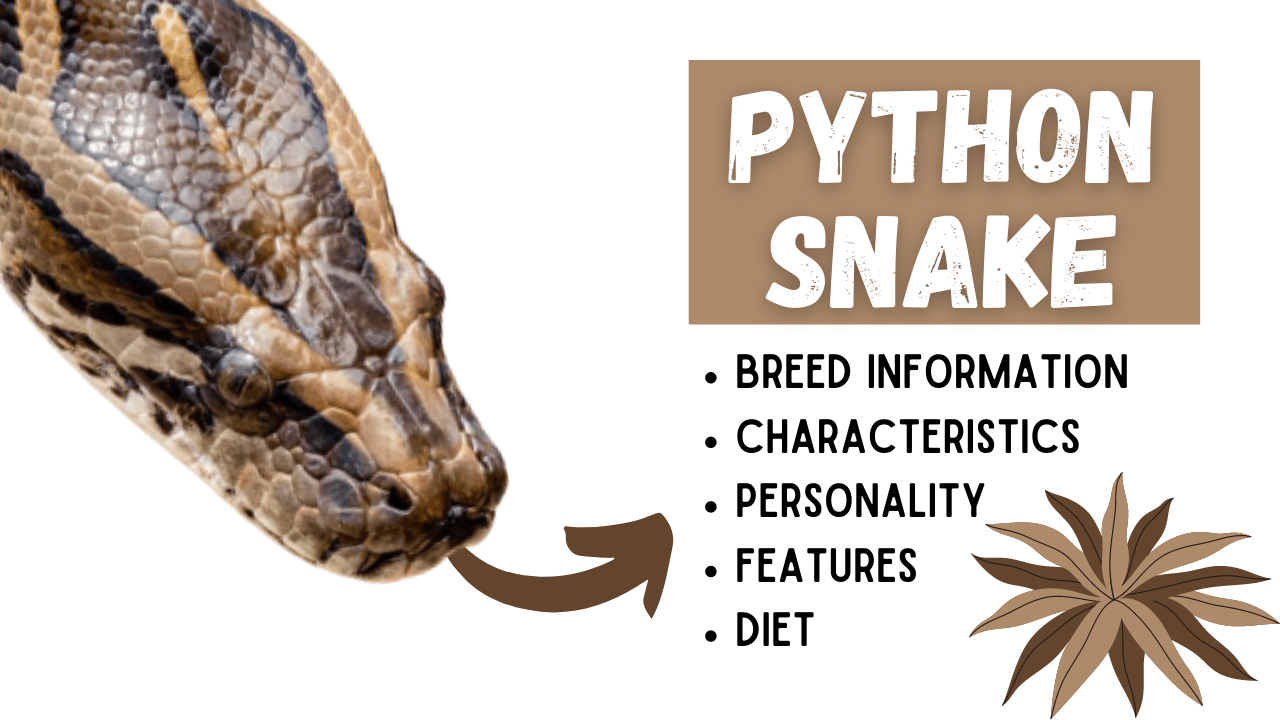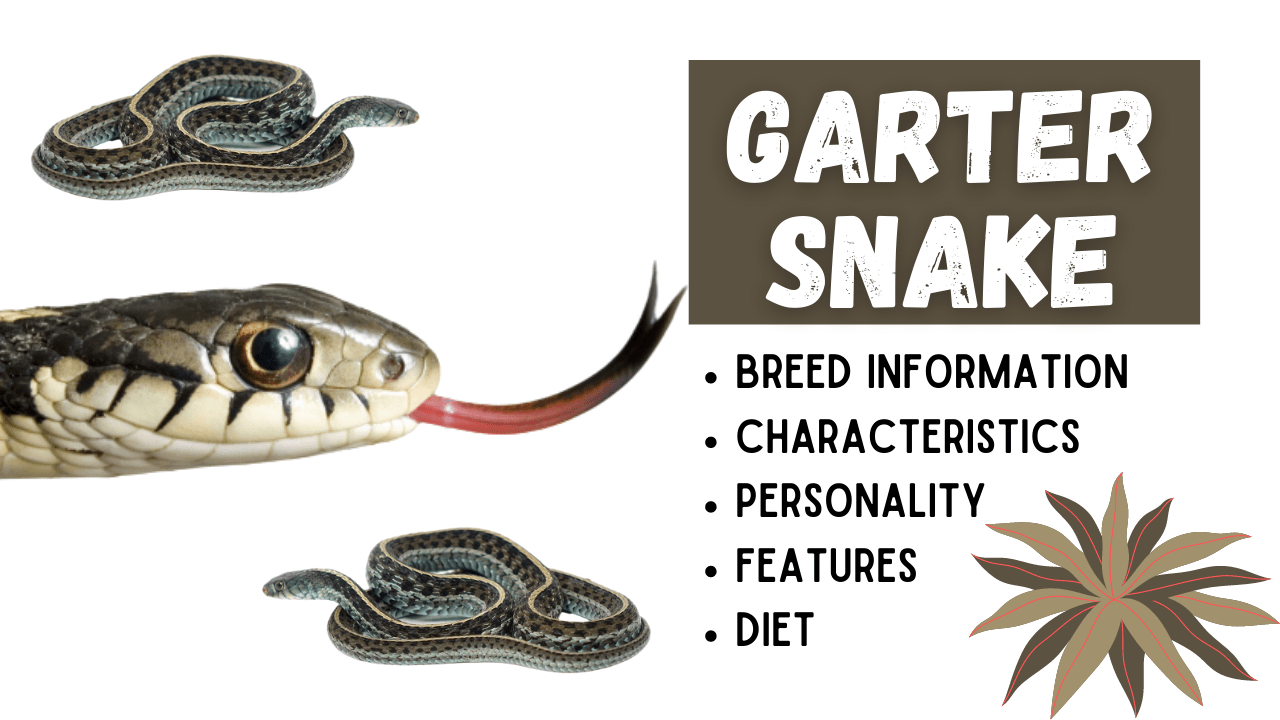About Python Snake
Reptiles are a famous class of the kingdom Animalia. Snakes, lizards, frogs, chameleons, and similar animals belong to this class. There are roughly 3,400 individual snake species in the world grouped in more or less 20 families. Pythonidae, commonly known as Pythons is a major family of snakes consisting of 9 genera and more than 40 species.
Habitat of Pythons
Pythons have a known history of about 200 years dating back to 1826 (source). Different species of Pythons are found in Africa, Indonesia, China, Sri Lanka, Burma, Nepal, India, Southeast Asia, the Philippines, and Australia.
[box type=”shadow” align=”” class=”” width=””]
Types of Pythons
The Pythons family of snakes has 9 genera and 40+ species recognized. Below, some of the major species are discussed briefly.
#1
Reticulated Python
- Scientific Name: Python reticulatus
- Size: 10 to 30 feet long
- Weight: 350 pounds
- Life Expectancy: 15 to 30 years
# 2
Ball Python
- Scientific Name: Python regius
- Size: 3 to 6 feet long
- Weight: 4 to5 pounds
- Life Expectancy: 25 to 30 years, also 50 years
# 3
Burmese Python
- Scientific Name: Python bivitattus
- Size: 15 to 20 feet long
- Weight: 200 pounds
- Life Expectancy: 25 years
[/box]
Behavior and Temperament
Pythons, are the wild species and bear a nasty temperament. However, they can be trained for a calm demeanor with care and well-handling.
They are high-spirited snakes, mostly with a huge size, therefore it is recommended for people having prior experience of handling big snakes.
The Python is a family of nonvenomous snakes. It means that their bite does not carry venom, the poison.
Pythons have a great tendency to bite. This tendency lowers down as they get familiar with their owner and get used to its handling. It also loves to eat and can mistakenly bit fingers, thinking them of food. The owner needs to be careful in handling this snake species.
The Ball pythons are of small size and easy to handle. tend to coil tightly when they feel danger or harassment. This coiling into a ball shape gave them their name.
Housing and Enclosure of the Pythons
The Reticulated python is said to be the longest snake of the world and the and Burmese Python is one of the 5 largest snakes of the world. With a maximum length of 30 feet, they need enough room to stretch out easily. A young retics or Burmese can easily reside in a 10 to 15-gallon tank until it gets 3 feet long.
Once it reaches 3 feet length, shift the snake in a 3 to 4 feet wide, 2 to 4 feet high and 6 to 8 feet long enclosure housing. Decorate the enclosure with plants, tree branches, and small rocks. Keeping one hiding place with an opening is a must for a snake. For large snakes, a tree log will be a better hiding place.
For a small snake, like Ball python, a young one can be kept in a 10 to 20-gallon tank and a 30-gallon tank will be enough for an adult Ball python.
The enclosure of the pythons must have some conditions fulfilled to provide comfortable housing for the snakes of this family. Like:
Substrate
The floor of the enclosure must have proper bedding or substrate that helps in maintaining the humidity level. A newspaper and paper towel can be used as a substrate and it must be completely changed every 3 months.
Heat
The snake needs an enclosure maintained at 80 to 850 F temperature. A basking spot with 88 to 920 F should also be provided inside the enclosure. Basking bulbs and ceramics heaters can be used as heat sources. Make sure the heat source is fairly away from the snake to avoid burning incidents.
Light
They do not require specific light. Normal and natural day and night pattern exposure for the enclosure will be enough.
Humidity
50 to 70% humidity is required by the pythons. The water dish can provide this level of humidity easily. If more humidity is needed, light mist and spray can be helpful. Check the humidity of the enclosure with a reptile hygrometer.
Food and Water
The young pythons are very specific about their food and do not like frozen or dead food. They need to be fed with fresh and live mice and rats once or even twice a week. With time, the retics can be trained for having frozen food as well.
As the snake grows, the adult snakes need big prey like big rats and rabbits. They need to be fed once in 2 weeks.
This is because the pythons usually need 12 to 15 days to digest their food. However, they should be fed with a gap of a maximum of 10 to 12 days. Warm the frozen food before feeding it to the snake but avoid using a microwave or heating the food as it will cook the food from inside.
A solid big size dish filled with water is also essential for drinking and soaking.
Health Issues of the Pythons
Inclusion body disease
This is the most common health problem of pythons. This is a type of virus that can be transmitted from one snake to the other. During this disease, the snake shows symptoms like anorexia, constipation, tremors, and abnormal shedding. The snake is not able to digest its food for long periods and may starve to death.
Pneumonia
Respiratory diseases like pneumonia are common in pythons. This can be caused due to the disbalance of the temperature of the enclosure. Severe illness can result in a cheesy secretion.
Mouth Rot
It is also a common infection of pythons in which the mouth and nose excrete pus and the snake stops eating. It can be due to a weak immune system and bacterial infection.
Parasites
Parasites like mites can bother any of the snakes. Keeping the enclosure clean can prevent the parasites from disturbing the snakes.
Behavioral Problems
Food refusing
Many times it happens that a snake refuses to eat and goes on fasting for several months. It is not an illness but it can be a behavioral problem as a reaction of some factors like mishandling, less warmth, less or more humidity, and stress in the environment. If the snake keeps on fasting after considering these factors and loses 10% weight, then consult an experienced vet.
Pushing
The snakes have a habit of pushing their heads against the walls of the enclosure when they feel uncomfortable. If they continue pushing their heads, they can hurt their heads badly, resulting in head swelling. If you find a snake pushing against walls, try finding the reason that is causing discomfort for the snake, like heat, water, hiding, humidity, or any such thing.
Reproduction
The pythons are oviparous. It means that they lay eggs instead of giving birth to live young.
After laying eggs, females incubate the eggs and provide the required temperature for hatching by shivering their body muscles. Females stop eating during incubation and focus on basking to maintain their body temperature for incubating the eggs.
Traditional Use
The pythons have beautiful skin and the whole of a snake is used for different purposes in different parts of the world.
Skin
In the South African Zulu tradition, the pythons are considered as a symbol of power. The people related to the field of medicine and healing are also considered powerful having the wealth of knowledge. Therefore, the python skin is worn by the healers and medicine men in traditional rituals.
Fats
As the pythons are considered very strong and powerful creatures, their body fats are used in medicine that is aimed to fulfill the body requirement of strength. The python’s fats are used to cure diseases related to eye-sight, joints, teeth, and rheumatic pain.
Blood
The blood of pythons is also used in the medicines that are used as the iron supplement and to cure excessive fatigue in the body.
Body Organs
The body organs of pythons like gallbladder and liver are used to heal the people injured by the bites and poison of other snakes.
Feces
In a tribe of Tanzania, Sukuma, the feces of pythons are used to cure back pain. The feces are mixed with water and applied to the affected area. The results are observed in 2 to 3 days.
Final words
The pythons are strong nasty snakes that are highly recommended by experienced people. They can be good pets if handled with care.
Also Read:









